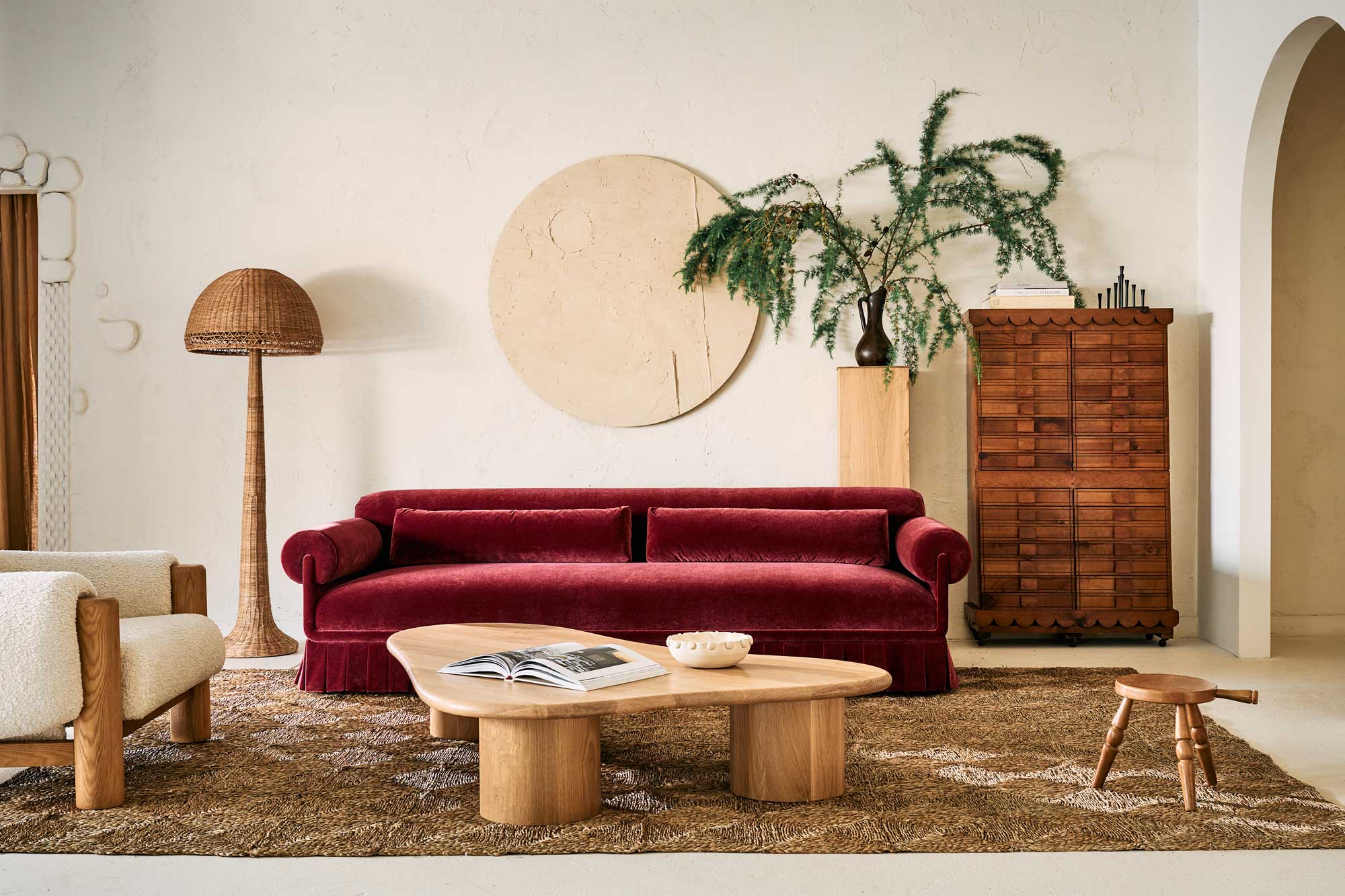
Knowing what makes up your sofa isn’t just a question of using the right vocabulary. Understanding the different parts of a couch and the options available among them ensures you can select well when it comes to a sofa’s style, comfort, and durability.
Different types of sofa have distinct characteristics when it comes to their visible features such as the feet, arms, and cushions that impact their looks, of course, but also how they suit a room and how they fit into it. Plus, these parts all affect what it feels like to sit on. The interior of the couch, meanwhile, can influence how it tolerates daily use.
Our glossary of the parts of the couch has all the information you need to make the right choice when you’re buying, and plenty of advice from the experts to boot.
What are the different parts of a couch?
The parts of a couch consist of the conspicuous choices like its arms, legs, seat and back style, and upholstery, as well as what’s on the inside, including its frame and springs. This is the lowdown on couch anatomy and the variations on offer that will allow you to pick the best sofa.
1. Seat
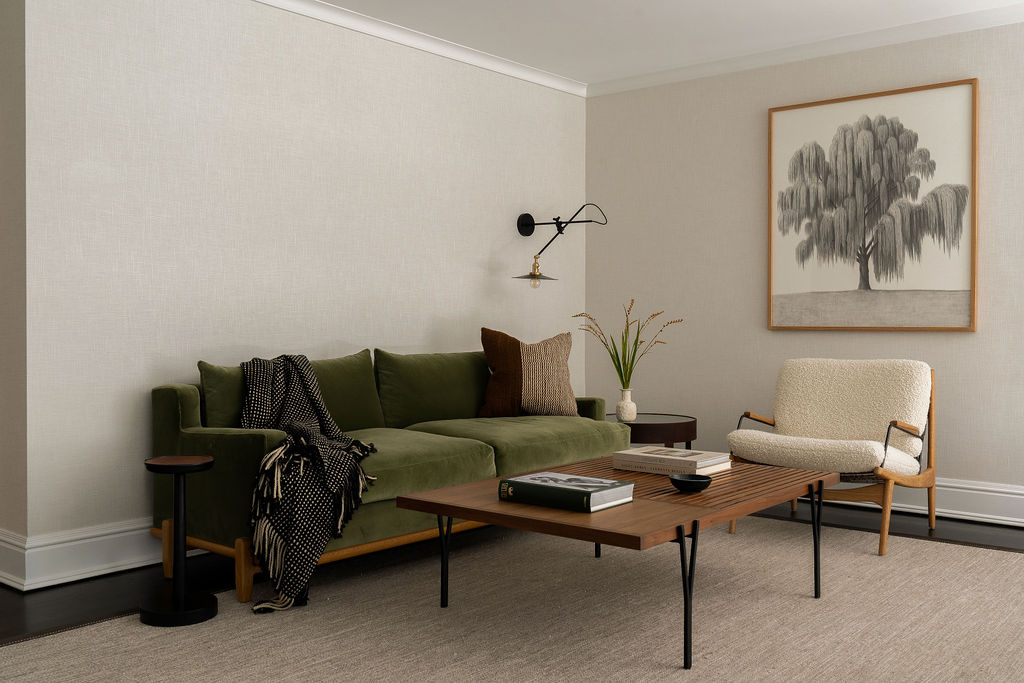
The seat of a sofa is an important element in its appearance and influences how it feels to sit on. Take a look at the options as part of your living room sofa ideas.
Cushioned seats have two (see above) or three seat cushions (or more on sectional) to support and make comfortable those seated on the sofa. The cushions beside the arms may be shaped to accommodate the arms depending on their design. Typically, the covers of cushioned seats can be taken off for cleaning.
Bench seats consist of a single cushion. The look is sleek since there are no divisions and sharers won’t need to avoid a division when taking their place.
Tight seats are a type of bench seat, but with one of these, the seat cushion is integral to the sofa and not removable.
2. Back
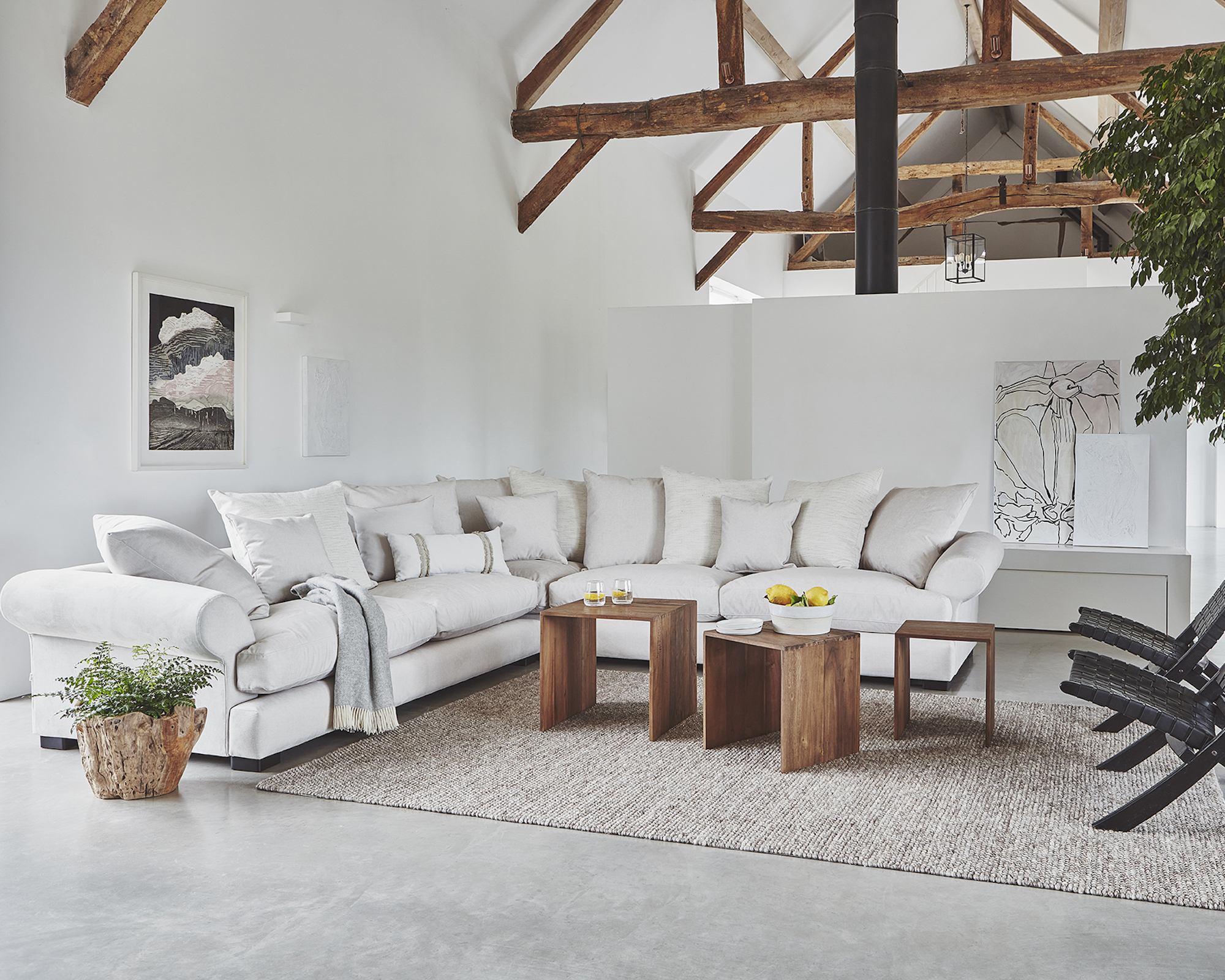
Sofa backs provide different levels of comfort as well as creating a distinct sofa shape, and it’s worth bearing in mind that some need more fluffing.
Pillow back sofas (see above) have multiple pillows against the back of the frame to lean on – typically more than the number of seat cushions. “They offer a sink-in softness that feels as inviting as it looks,” says Mick Quinn, co-founder and CEO of Raft Furniture, which sells its British-designed handmade sofas in the US, too. “It is incredibly important to opt for feathers in your interiors for pillow back sofas as foam interiors won’t offer the same luxurious look or feel. Note that naturally this means more maintenance and plumping.”
Tight back couches have cushions built into the frame rather than separate back cushions. One of these will feel firm and it has a tailored appearance. “You will need to add pillows to a tight back sofa to achieve the ultimate comfort,” says Mick.
Camel back sofas have the shape of a camel’s hump (or two humps) and have tight backs. “The camel back sofa is very traditional and can break up a room with too many straight lines, adding a softening statement,” says Mick.
Curved sofas mean the back and arms form one continuous line. “A curved back sofa comes in two forms: concave and convex,” says Mick. “Concave sofas can be restrictive in terms of the amount of seating. However, it has a modern aesthetic that makes a statement. A convex sofa forces people apart — mainly used in reception and corporate rooms.”
Channel back designs have tight backs but with deep channels in them. “The design of a channel back sofa is form focused,” says Mick. “It’s only as comfortable as a fixed back sofa and the channels are bulbous, making it a challenge for certain people on the comfort front.”
Waterfall backs have three vertical tiers of cushions which are semi-attached. They’re a functional option, promoting comfort for those with particular back conditions.
3. Arms
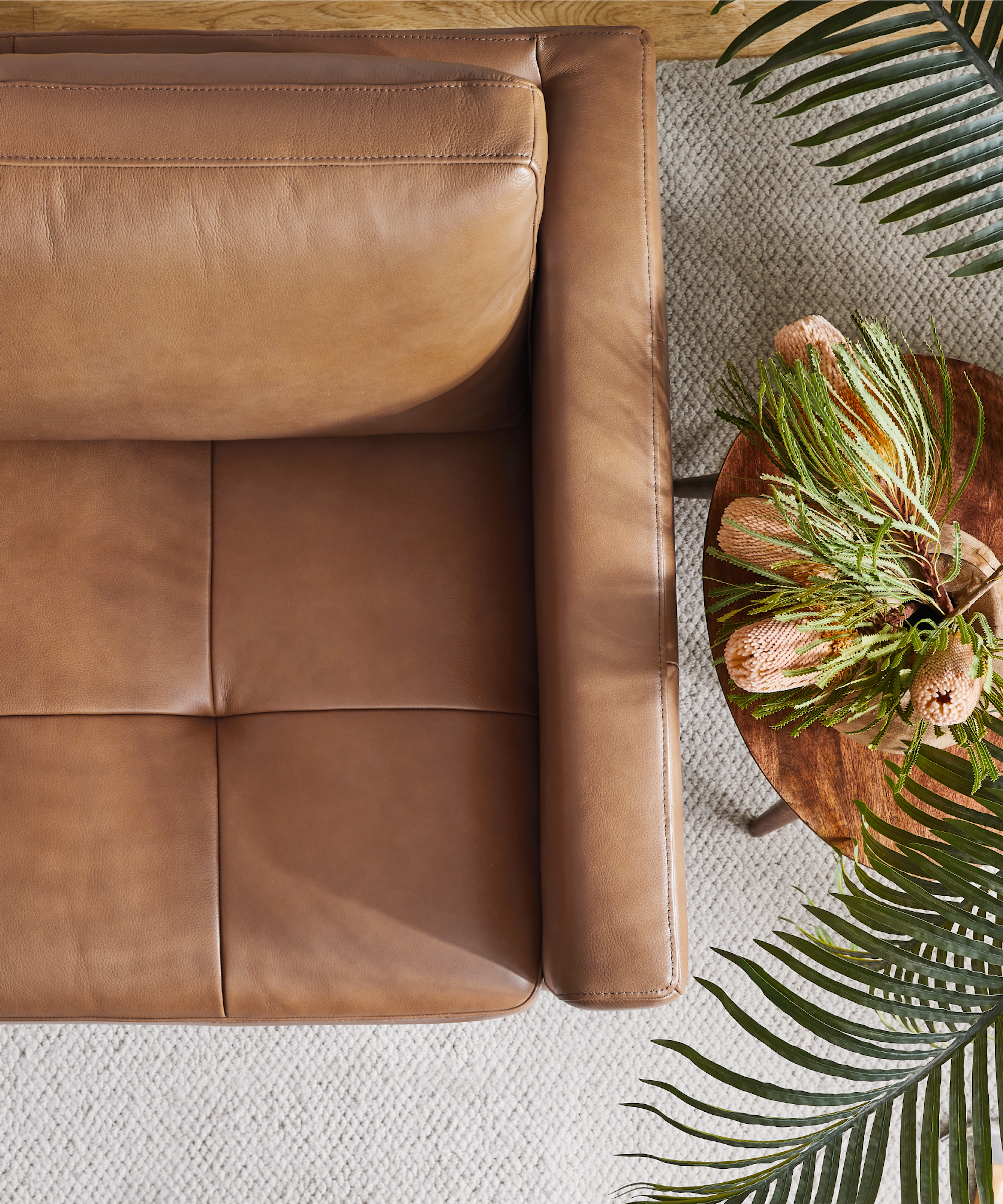
Sofa arms come in a range of styles that influence factors such as whether it’s a couch for a small living room, whether it’s comfortable to lie down on, and whether it suits modern interiors or is a timeless sofa.
English/Charles of London is a low rounded recessed arm. “Ideal for those who love classic interiors, the English arm offers a refined, traditional look with a slightly rounded shape that maximizes seating space,” says Stefano Sette, brand ambassador at CHITA LIVING.
Rolled is an arm that’s rounded to the outside. “Great for cozy, laid-back spaces, rolled arms provide excellent comfort for lounging and resting your head, perfect for traditional and family-friendly settings,” says Stefano. Be aware that these arms take up extra space beyond the sofa’s width.
Square/box/track is a straight, upright arm (see above). “A modern favorite, this arm style gives a clean, structured appearance, ideal for minimalist or contemporary interiors,” says Stefano.
Key arm has a Greek key design at the top that turns outwards. “This angular design offers a sleek and unique look, making it perfect for adding architectural interest to mid-century or eclectic spaces,” says Stefano.
Pleated arms have (you guessed it) pleating at the front. “Best for those seeking elegance, the pleated arm adds a subtle decorative detail, lending a sophisticated touch to classic or transitional designs,” says Stefano
Lawson arms are part of the design of the sofa of the same name and are low rolled arms that are recessed from the front of the seat cushion. “Known for its versatility, the low-profile Lawson arm works well in both casual and formal settings, providing comfort and support without overwhelming a room,” says Stefano.
Tuxedo arms also complete the sofa of the same name. “Perfect for modern or formal interiors, the high, straight tuxedo arm offers a sleek, polished look while also providing extra support when sitting upright,” says Stefano.
4. Feet
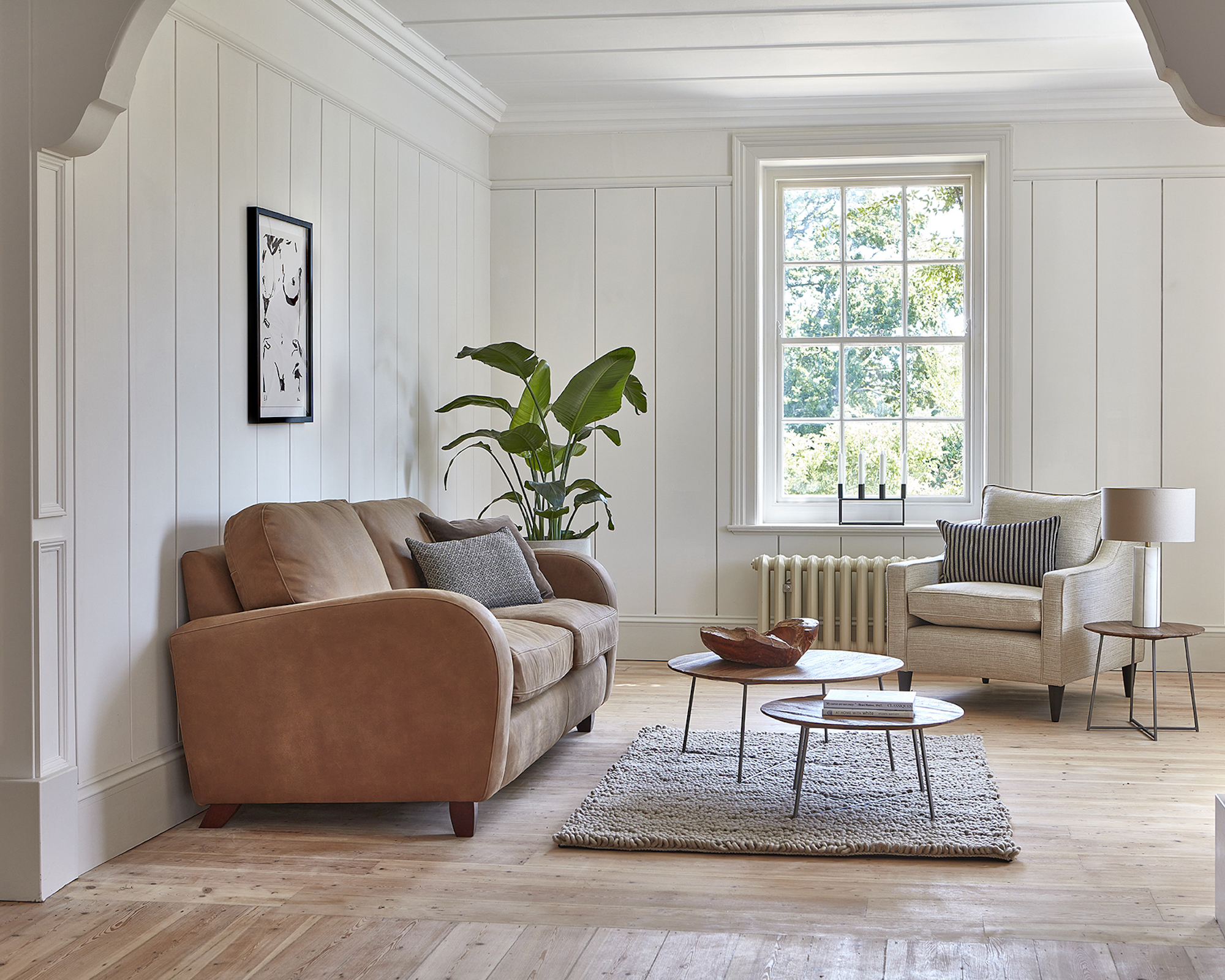
Easily ignored, the feet of a sofa do make an impact, so it’s worth understanding the effect each will create.
Block is a straight foot. “A low block square foot gives a contemporary and relaxed feel, slightly elevating the height of a seating platform,” says Mick Quinn.
Bun is a rounded foot. “The bun foot is normally used when the arms are rounded with feminine, soft curves and plusher interiors,” says Mick.
Plinth/platform is a base. It can be finished with feet, or can conceal the floor below the sofa. “You can use platform wood to add elegance or hide a mechanism such as a sofa bed,” says Mick.
Splay feet are angled outwards (see above).
Square feet are straight. “A splay foot is sometimes used on the back feet, paired with a straight front foot to exaggerate the rake,” says Mick. “The rake is the way the front edge of the sofa runs down.”
Sled feet are rectangular in shape, running from front to back underneath the sofa. They’re typically made from metal but may be wooden. “The sled foot helps to spread the load of heavy sofas,” says Mick.
5. Interior
Unlike other parts of a couch, you cannot see its interior, but it’s still worth knowing about the materials and construction as it factors into how long a sofa should last.
Frame material is crucial to a sofa’s durability – look for dried hardwood to provides this. This might be oak, alder, birch, or maple, according to the American Home Furnishings Alliance (AHFA), but could also be engineered wood such as hardwood plywood.
Deck is the base of the sofa – the part on which the springs, upholstery and cushions sit.
Webbing consists of woven straps stretched across the seat area and attached to the frame and it provides support and stability. Webbing can be used along with springs (see below) or without them when it allows a slimmer modern design but in this case it is crucial that is of high quality to provide good support and durability.
Springs make a sofa comfortable and supportive. Eight-way hand-tied coil springs are considered by many to be the best option and they are a characteristic of high quality construction. Sinuous steel springs can also provide both comfort and durability, says the AHFA.
Above the springs there are also layers which typically consist of fabric, foam, and wadding.
Back and seat cushions may include a combination of springs, cotton or polyester fiber, foam or down, says the AHFA. Foam cushions should also have a wrapping so it’s not in contact with the upholstery fabric.
6. Upholstery
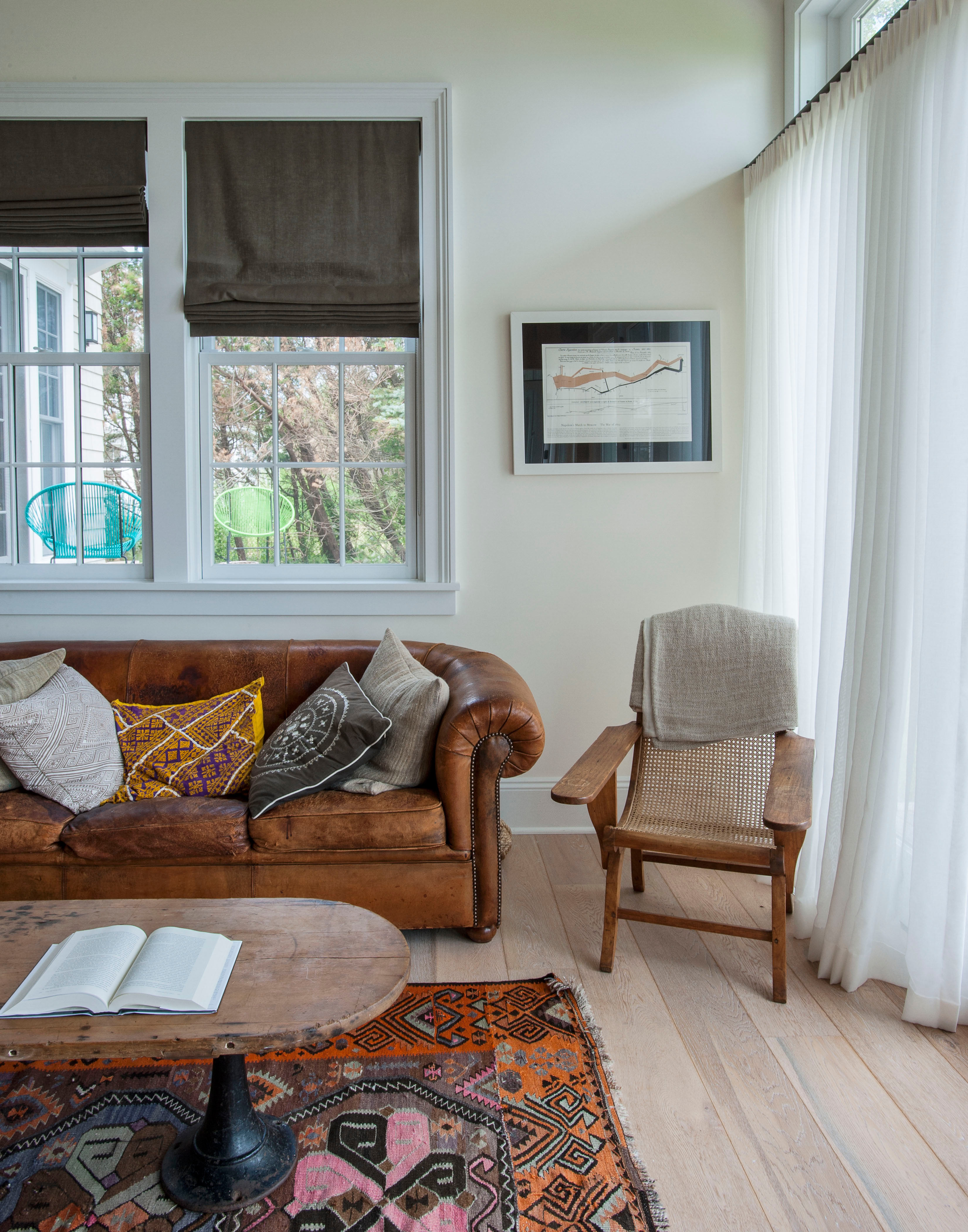
The final part of a couch in our glossary is its cover – upholstery – which plays a major part in its appearance but also how it stands up to everyday life, which could mean you need the best couch material for dogs.
Upholstery offers an enormous choice, but falls into three categories: natural materials, for example leather (see above), cotton, linen, silk, and wool fabrics; synthetic, such as polyester and nylon; and mixes of natural and synthetic fibers.







